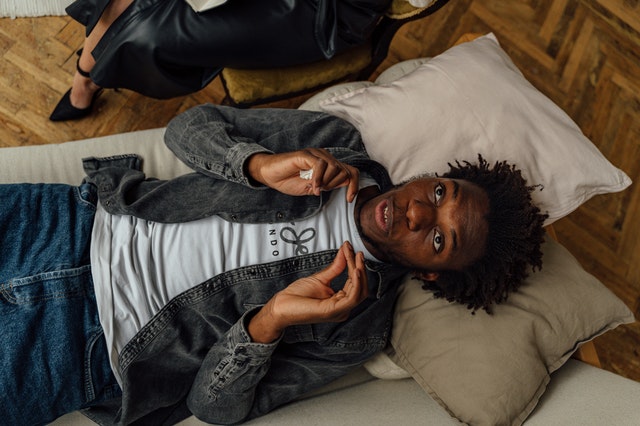The Attachment Style Series: Anxious Attachment4 min read
4 min read

Share This Article on Social Media
This week is all about the Anxious, or also called the Preoccupied Attachment Style.
To get a general introduction, or a closer look into the other Attachment styles, check out my other posts
What is Anxious Attachment?
When you are primarily anxiously attached, as you can probably guess, you are high on anxiety. People with this attachment style crave closeness and intimacy. Insecurity is a big topic in their relationships, they feel like others don’t want to get as close to them as they would like.
Fear of abandonment is a common theme with this attachment style and in relationships there can be worries that the partner does not love them.

Where does Anxious Attachment come from?
As with all of the attachment styles, anxious attachment forms in early childhood. Inconsistent parenting behaviors are probably the biggest contributor to forming an anxious attachment style.
When parents are slow or inconsistent in meeting their baby’s needs, like not picking them up when they cry, it could develop into an anxious attachment later on in life.
The main reason that the inconsistent behavior is triggering for the child, is that they become confused and insecure, not knowing what behavior to expect.
What are the characteristics of Anxious Attachment?
Common traits of people with predominantly anxious attachment are:
- Needy, wanting constant reassurance, a desire to merge with their partner, which can in turn push them away
- Insecure, fear of abandonment, worries about rejection
- Puts relationship over everything else
- Sensitive to changes in mood and action of partner, takes everything personally
- Highly emotional, can be controlling
- Not good at establishing personal boundaries
- Unpredictable, likes to connect through conflict
- Low self-worth and self-esteem
- Overly dependent on a partner to meet their needs
- Difficulty trusting others
How can you prevent an anxious attachment style?
To prevent anxious attachment in your child, you, as a parent, can help the most by consistently responding to your child’s needs in loving ways.
This way, the child can predict what will happen when they are in distress.

How can you heal from an anxious attachment style?
If you can see yourself in the description of anxious attachment, you might ask yourself what to do now.
Like all attachment styles, anxious attachment stems from childhood. This is why Inner Child Healing can be a massive help in revovering from anxious attachment. Finding the roots of your anxiety and understanding your own behavior will be a tremendous part in healing.
Further, it will be helpful to learn how to trust yourself. Being able to rely on yourself as opposed to depending entirely on other people is key.
Seeking out a therapist or coach is always a good idea, when healing alone seems overwhelming. If you have any questions, don’t hesitate to contact me.
With this coaching, you can learn how to regulate your own emotions in healthy ways. Self-soothing is a big part of anxious attachment, as it will teach you how to be okay, no matter what. This way you will not feel as dependent on other people.
Final thoughts
No matter which attachment style you predominantly have at the moment, you are okay, and there is nothing wrong with you.
Attachment styles are learned behaviors that kept us safe in the past, but when the need for them is over, they can be unlearned.
Moving towards a more secure attachment style is ultimately the goal, and it is completely normal if you feel like you need some support with that. Seek out a therapist or email me with the subject line “attachment styles”.
Sending Love




